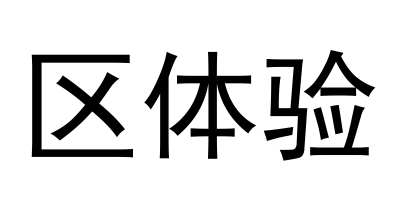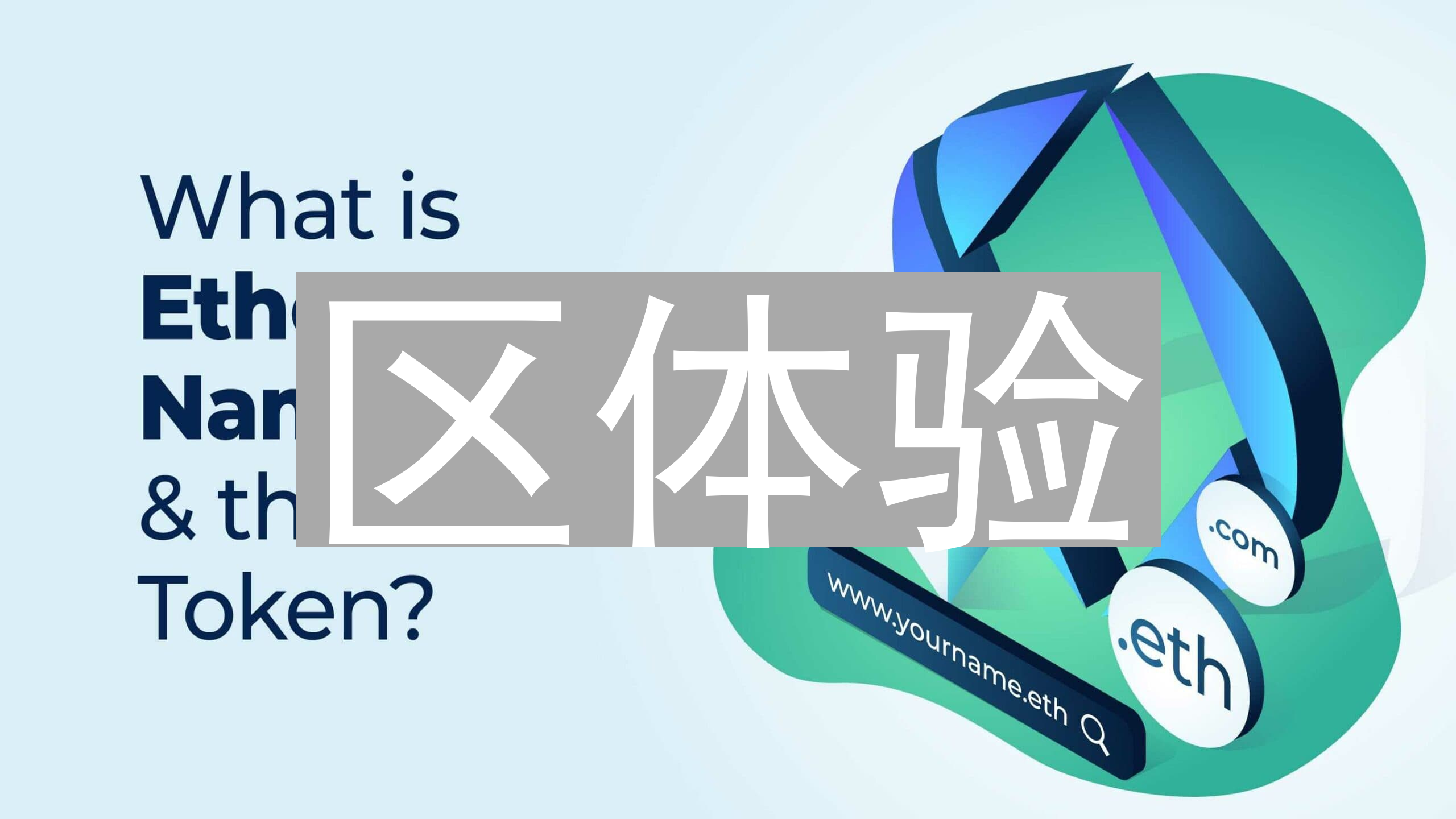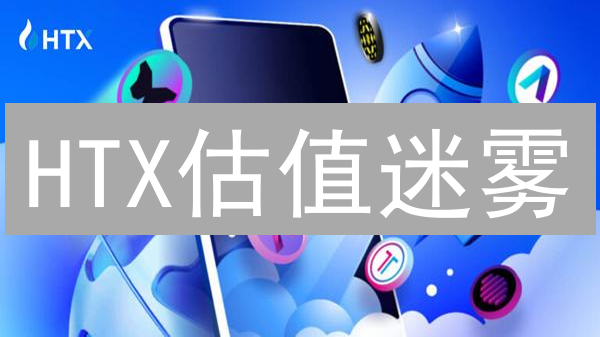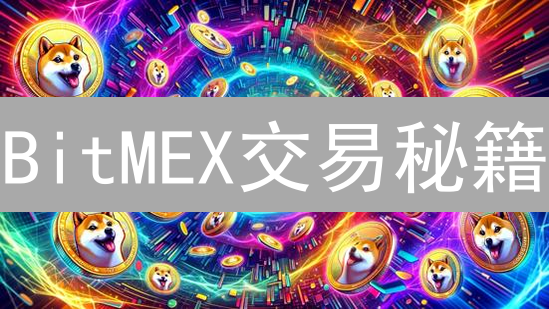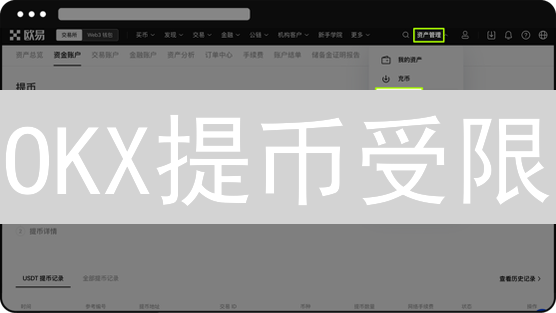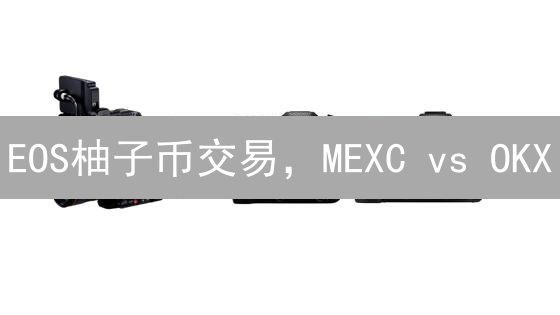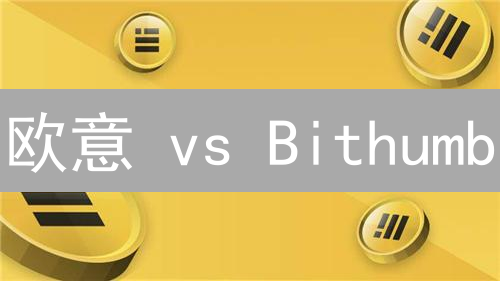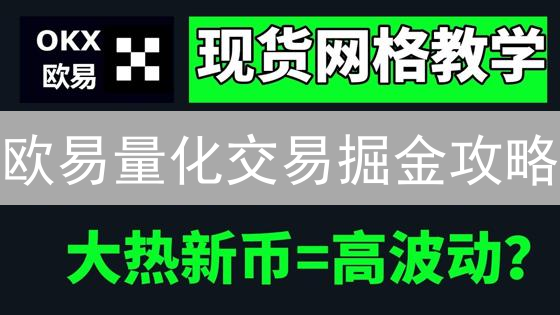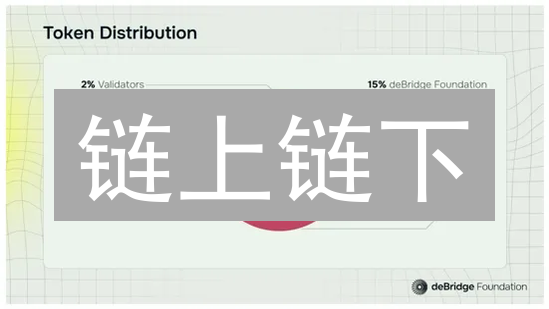HTX交易如何设置止损策略更有效
HTX交易是一种基于区块链技术的去中心化金融交易方式,它为投资者提供了一种全新的投资选择。然而,HTX交易也存在一定的风险,因此设置止损策略非常重要。本文将介绍如何设置HTX交易的止损策略,以帮助投资者更好地管理风险。
什么是止损策略
止损策略是指在投资过程中,当价格下跌到一定程度时,自动卖出以限制损失的策略。止损策略可以帮助投资者避免因市场波动而导致的重大损失。
止损策略的目的是在投资组合中设置一个安全边际,确保即使市场不利,投资者也能控制其损失的程度。通过设定一个特定的价格水平,投资者可以确保在市场价格下跌到这个水平时自动卖出,从而避免进一步的亏损。
止损策略有多种形式,其中最常见的包括:
- 固定止损(Fixed Stop Loss): 在买入股票或资产时设定一个固定的价格水平,当市场价格跌至该水平时自动卖出。
- 移动止损(Trailing Stop): 与固定止损不同,移动止损会根据市场价格的变动调整其价格水平,确保在市场上涨时保护利润,在市场下跌时锁定亏损。
使用止损策略的优势在于:
- 限制风险: 确保投资者不会因市场的剧烈波动而遭受无法承受的损失。
- 心理压力减轻: 自动执行的特性减少了投资者因市场波动而产生的焦虑和压力。
- 纪律性增强: 通过设置明确的卖出点,投资者能够坚持自己的投资计划和纪律。
然而,止损策略也存在一些潜在的缺点:
- 可能错过盈利机会: 如果市场价格短暂下跌后迅速反弹,固定止损可能会导致投资者过早卖出并错失后续的盈利机会。
- 设置不当可能导致亏损增加: 如果止损能量设定得过高或过低,都可能导致投资者无法有效控制风险或未能及时锁定利润。
因此,在实施止损策略时,投资者需要根据自身的投资目标、风险承受能力和市场情况来合理设置止损能量的位置和类型。同时,结合其他风险管理工具和投资分析方法,可以更有效地利用止损策略来保护资本并实现长期的投资目标。
如何设置HTX交易的止损策略
1. 确定止损价位
在进行投资时,确定一个合理的止损价位至关重要。这个价位的设定需要综合考虑投资者自身的风险承受能力和当前市场的具体情况。一般来说,止损价位应当设置在价格下跌到一定幅度之后,例如5%或10%,以确保在市场不利变动时能够及时止损,避免更大的经济损失。
投资者在设定止损价位时,还需要考虑到所投资的资产类型和市场波动性。对于波动较大的市场或高风险资产,可能需要设置更严格的止损价位,如5%;而对于较为稳定的市场或低风险资产,则可以适当放宽至10%或其他合理水平。
投资者还应定期评估和调整止损价位。市场环境和自身情况可能会发生变化,因此定期检查并根据实际情况调整止损价位是非常必要的。
2. Using Smart Contracts for Automatic Stop-Loss in HTX Trading
Introduction to HTX Trading:
HTX stands for Huobi Token , which operates within Huobi Global's decentralized finance (DeFi) ecosystem. Huobi Token is a utility token designed to facilitate various financial activities on Huobi's blockchain-based platform. HTX trading leverages blockchain technology to provide transparent, secure, and efficient financial transactions without intermediaries.
Understanding Smart Contracts:
A smart contract is a self-executing contract with the terms directly written into code on a blockchain network like Ethereum or Binance Smart Chain (BSC). These contracts automatically enforce and facilitate transactions based on predefined conditions without needing third-party intervention.
Implementing Automatic Stop-Loss with Smart Contracts:
- Setting Up the Contract: Developers define parameters such as asset type (e.g., HTX tokens), initial investment amount, desired price threshold (stop-loss level), and execution conditions.
- Trigger Conditions: The smart contract monitors real-time market prices of HTX tokens. When the price drops below the pre-set stop-loss level, it automatically executes predefined actions.
- Execution Mechanism: Upon triggering, the contract initiates a sell order of investor assets (HTX tokens) at market price to minimize potential losses.
- Persistent Monitoring: The contract continuously updates its status based on market fluctuations, ensuring timely execution when conditions are met.
Benefits of Using Smart Contracts for Stop-Loss:
- Avoidance of Human Error: Eliminates manual intervention in executing stop-loss orders, reducing chances of mistakes.
- Increased Security: Smart contracts operate on immutable blockchain ledgers, minimizing risks associated with fraud or manipulation.
- Efficiency: Automates processes leading to faster execution times compared to traditional trading methods.
- Predictability: Investors can rely on predefined rules set by smart contracts without worrying about external factors influencing decision-making.
Potential Challenges:
- Gas Fees: Executing smart contracts requires transaction fees (gas) on blockchain networks like Ethereum or BSC, which can be costly during periods of high demand.
- Vulnerabilities in Contracts:
- Limited Flexibility:
Real-World Applications:
- Huobi DeFi Platform: Utilizes smart contracts to automate various financial instruments including loans and derivatives based on HTX tokens.
- Binance DEX: Employs similar mechanisms to manage automated liquidity pools and trading pairs efficiently.
In conclusion, integrating smart contracts into HTX trading provides investors with robust tools to manage risk through automatic stop-loss mechanisms. While there are challenges related to cost and security, these can be mitigated through careful contract design and network optimization strategies.
</Output3. 定期检查和调整止损策略
投资者应定期审视并调整自己的止损策略,因为市场状况随时可能发生不可预测的变化。止损策略是指定一个价格水平,在市场价格触及该水平时自动卖出,以限制潜在的损失。在市场波动加剧或出现不利趋势时,及时调整止损价位可以有效保护投资者的资本。例如,当市场出现下跌趋势时,可以适当降低止损价位以迅速锁定利润或减少损失;而在市场反弹或趋于稳定时,可以提高止损价位以保留更多的盈利潜力。
除了调整止损价位外,投资者还应定期检查自身的资产状况和投资组合的风险水平。这包括评估总资产的价值、各类资产的分布情况以及整体投资组合的波动性。通过监控这些指标,投资者可以更好地了解自己在不同市场环境下的承受能力和投资表现。例如,如果发现某类资产的风险较高或占比过大,应及时进行结构调整,以优化风险分散度。
投资者还应密切关注宏观经济指标、政策变化以及行业动态等外部因素对市场的影响。这些因素可能会导致市场的突然变化,因此保持对这些信息的敏感性对于及时调整投资策略至关重要。例如,在经济衰退期间,某些行业的股票可能会面临更大的下行压力,此时降低相关行业的持仓比例或增加防御性资产的投资比例可能是明智的选择。
在调整投资策略方面,投资者可以根据自身的风险偏好和财务目标进行相应的改变。如果风险承受能力较低,则可能倾向于采取更为保守的投资策略;反之,则可能选择更具冒险性的投资方式以追求更高的回报率。同时,结合技术分析和基本面分析的方法来指导投资决策也是必要的。
通过定期检查和调整止损策略以及全面监控资产状况和风险水平,投资者能够更好地应对市场的不确定性,并在不同市场环境下实现稳健的投资回报。
精挑细选:选择HTX交易平台的全面指南
在当今快速发展的金融科技时代,选择一个合适的HTX交易平台不仅关乎交易效率,更是投资成败的关键。以下是一系列详尽的考量因素,帮助您做出明智选择:
-
安全性与合规性
确保平台具备强大的安全防护措施和严格的合规标准,如加密通信、双因素认证、定期安全审计等。同时,确认平台已获得必要的金融监管许可。
-
用户界面与体验
一个直观、易用的用户界面能显著提升交易效率。考虑平台的导航是否清晰、图表和数据分析工具是否完备,以及是否有全面的新手引导教程。
-
交易成本与费用结构
深入了解平台的交易手续费、点差、杠杆比例等费用结构,比较不同平台之间的成本差异。寻找性价比高的平台以优化投资回报率。
-
技术支持与服务质量
优秀的技术支持和客户服务是解决交易过程中遇到问题的重要保障。考察平台是否提供24/7在线客服、快速响应时间以及专业的技术支持团队。
-
市场深度与流动性
评估平台提供的市场深度和流动性水平,这对于确保订单能够迅速且以合理价格成交至关重要。查看历史交易量、买卖价差等指标来判断平台的活跃度。
-
创新功能与服务
关注平台上是否有独特或创新的功能,如高级算法交易工具、社交信号聚合器或定制化报告系统等,这些功能可能为您的交易策略带来额外优势。
-
社区与教育资源
加入一个活跃的投资者社区不仅能提供交流机会,还能获取宝贵的市场见解和策略分享。同时,优质的教育资源如研讨会、网络课程和博客文章能帮助提升您的交易技能。
-
风险管理工具与教育资源
有效的风险管理是长期成功的关键。寻找提供止损订单、保证金管理和模拟账户等工具的平台,并评估其提供的教育资源是否足以帮助您理解和管理风险。
通过综合以上因素进行评估,您将能够更加自信地选择最适合您的HTX交易平台,从而优化您的投资策略并提升整体收益水平。请务必进行彻底的研究和测试,确保所选平台符合您的需求和预期目标。祝您在HTX市场的投资之旅一帆风顺!
1. Selecting a Reputable Platform for HTX Transactions
When engaging in HTX (High-Tech Exchange) transactions, it's crucial to choose a platform that boasts a solid reputation within the industry. A reputable platform not only ensures a stable operational environment but also provides users with confidence in their investments or trades. Here are several factors to consider when selecting an HTX platform:
- Reputation: Platforms with a strong reputation are more likely to adhere to industry standards and provide reliable services. Look for platforms that have been operating for an extended period and have a history of successful transactions.
- Stable Operations: A stable platform ensures consistent performance without frequent downtimes or disruptions. This reliability is essential for users who rely on timely access to their accounts and transaction capabilities.
- Risk Management Measures: Robust risk management systems are vital in protecting both investors and traders from potential losses. Platforms should implement measures such as diversified investment options, insurance policies, and clear guidelines on handling risks associated with HTX transactions.
- User Reviews and Feedback: Reading reviews from current and past users can provide valuable insights into the platform's strengths and weaknesses. Positive reviews often highlight features like ease of use, customer support responsiveness, and security protocols.
- Regulatory Compliance: Ensure that the chosen platform complies with all relevant financial regulations. This includes adherence to anti-money laundering (AML) laws, know-your-customer (KYC) policies, and data protection standards.
- Security Features: High-level security measures such as two-factor authentication (2FA), encryption of sensitive data, and regular security audits should be present to safeguard user information and assets.
- Diverse Investment Options: A wide range of investment opportunities can cater to different risk tolerance levels. Platforms offering various asset classes can provide flexibility in portfolio diversification.
- Educational Resources: Comprehensive educational materials can help users understand HTX transactions better, making informed decisions easier.
In summary, selecting a reputable HTX trading platform involves thorough research into its reputation, operational stability, risk management practices, user feedback, regulatory compliance, security measures, investment diversity, and educational resources. By considering these factors meticulously, investors can make well-informed decisions that align with their financial goals while minimizing potential risks.
2. 关注平台的监管情况
投资者在选择投资平台时,应高度重视平台的监管情况。 监管机构对平台的监督和管理可以有效降低投资风险,保障投资者合法权益。 投资者可以通过以下途径了解平台的监管情况:
- 官方网站:查看平台是否公布了相关监管信息,例如许可证、注册号等。
- 监管机构网站:查询监管机构官方网站,例如中国证监会、中国银保监会等,确认平台是否在名单中。
- 第三方信息平台:参考第三方权威金融信息平台,例如央行官网、金融科技协会等,了解平台的资质和信誉情况。
选择受到监管的正规平台投资,能够有效降低投资风险,保障资金安全。
3. 比较不同平台的费用和服务质量
不同的HTX交易平台通常会收取不同的费用和服务费用,这些费用可能包括交易手续费、提现手续费、账户管理费等。平台的服务质量也可能存在差异,例如交易速度、用户体验、客服响应速度、安全保障等方面。在选择HTX交易平台时,投资者需要仔细比较不同平台的费用结构和服务水平,选择最符合自身需求的平台。
交易手续费通常按交易金额的比例收取,不同的平台手续费比例会有所不同。一些平台可能会提供阶梯式手续费,即交易金额越大,手续费比例越低。提现手续费则通常是固定金额或按金额比例收取。账户管理费则是针对账户余额或交易额收取的定期费用。
除了上述费用外,一些平台还可能提供其他服务,例如质押借贷、合约交易等,这些服务也会产生相应的费用。投资者在选择平台时应全面考虑所有费用以及提供的服务内容,以便做出明智的决策。
